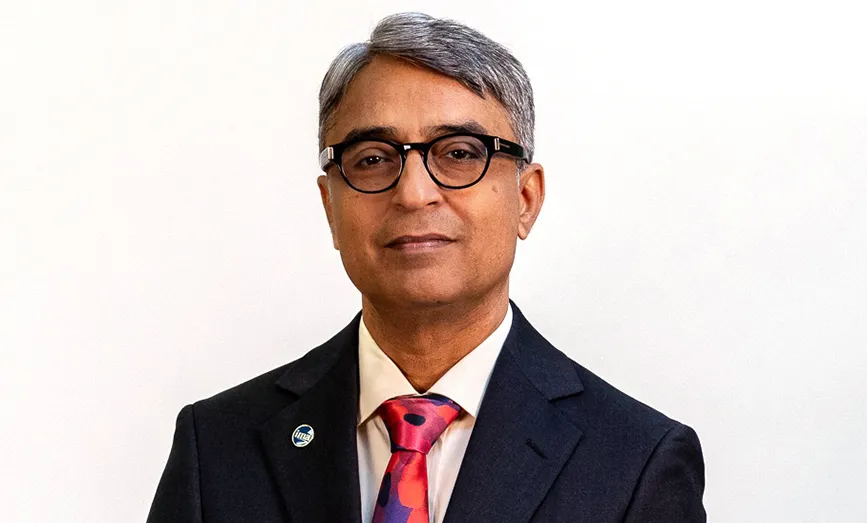We live in a world of uncertainty. Unexpected things happen all the time around us, yet we must still make decisions. But how do we know which decisions are good and which are bad? Often, our decisions are based on information that’s not easy to analyze. In those cases, we must apply common sense, using our skills to assess external clues.
That’s when we need the power of sensemaking.
The term “sensemaking” was coined by Karl E. Weick, an organizational psychologist. Sensemaking means making sense of what is happening around us in the world. It’s a process of “structuring the unknown.”
Sensemaking involves coming up with a reasonable idea or understanding as to how the world around us is changing; creating a map of these unknown thoughts, data points, actions, conversations; and continuously refining this understanding as new information emerges. Under that definition, sensemaking is neither decision making nor policymaking; rather, it’s an important precursor for an effective future action.
Leaders must be sensemakers, because they’re always trying to discover and understand the context and external conditions in which they operate. Sensemaking prepares leaders to have a better grip on what’s going on in their environment. This facilitates their other leadership activities, such as corporate visioning, contextual relating, and innovating.
Weick compared sensemaking to map making. While preparing a good map, we must decide what factors to focus on: the terrain, the roads, the bodies of water, and so on. Hence, sensemaking is more than an act of analysis—it’s an act of creativity.
In the context of business, sensemaking involves learning about changing and shifting markets, disruptions, customer migrations, and a changing technological canvas. The changes might even be happening in the culture, political environment, or structure of the business.
When sensemaking is needed
Sensemaking is most often needed when a leader’s understanding of the external world becomes blurred. This is commonly seen when the external context is rapidly changing and providing surprises a leader is unprepared to confront—challenges such as demographic changes, increased competition, new emerging technologies, and regulations.
For a leader, the skill lies in how to anticipate such changes and work toward managing them—all while not getting blindsided and avoiding blurry zones.
One of the most important aspects of leadership is being able to differentiate between analysis and sensemaking. Analysis is based on logic and assumes a leader knows the problem. In sensemaking, the leader doesn’t know the problem, yet carries on the activity of seeing, thinking, and doing. In a nonroutine situation, leaders start getting involved in sensemaking first, then move on to analysis.
Sensemaking is a critical skill that all leaders need, especially those in accounting and finance. Today, more than ever, leaders need to be able to make sense of the world and prepare for future challenges while things change rapidly around them.
In my next column, I’ll share the critical qualities and skills of a good sensemaker, and how these skills can help them—and their organizations—surmount obstacles and achieve success.



